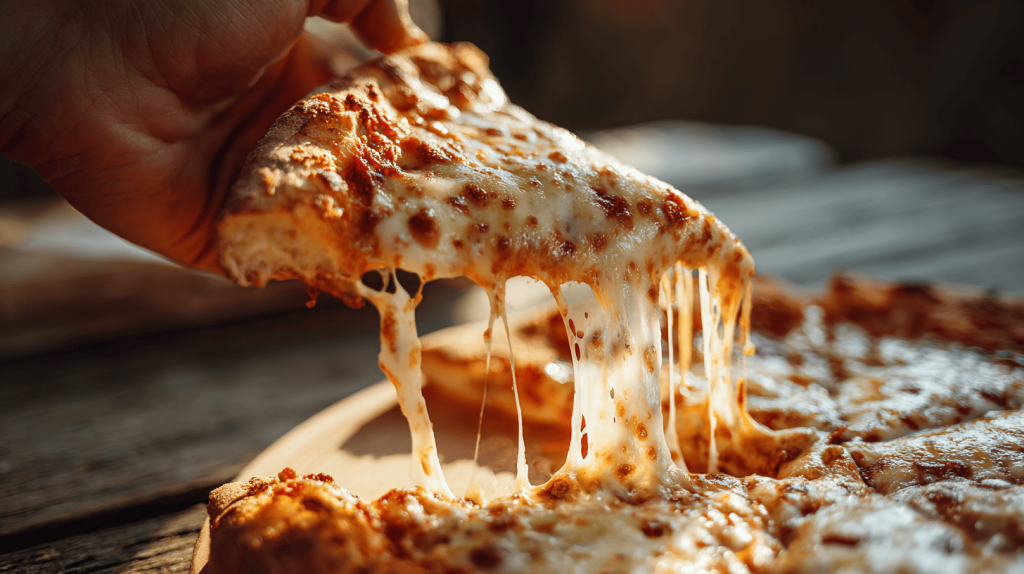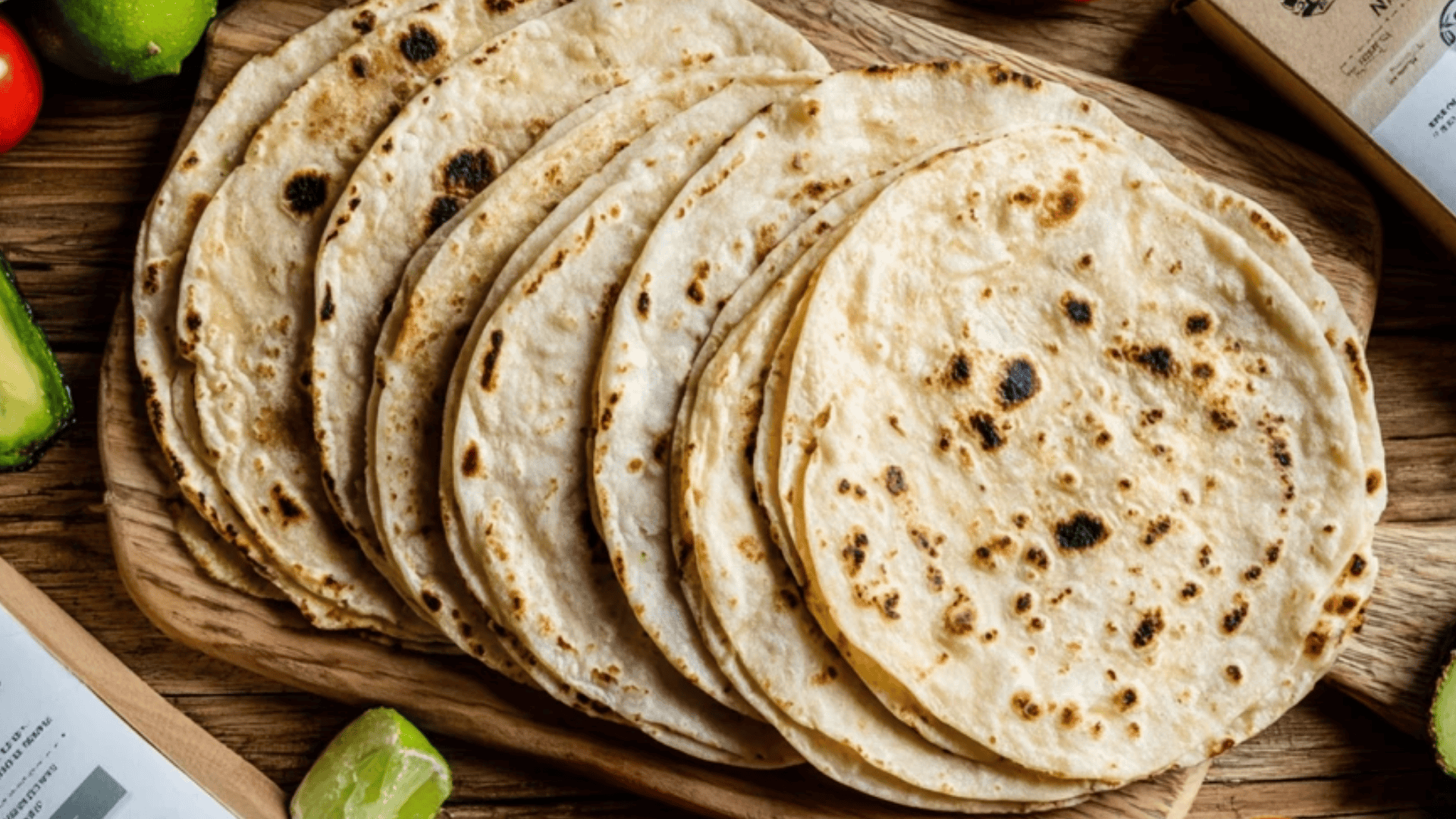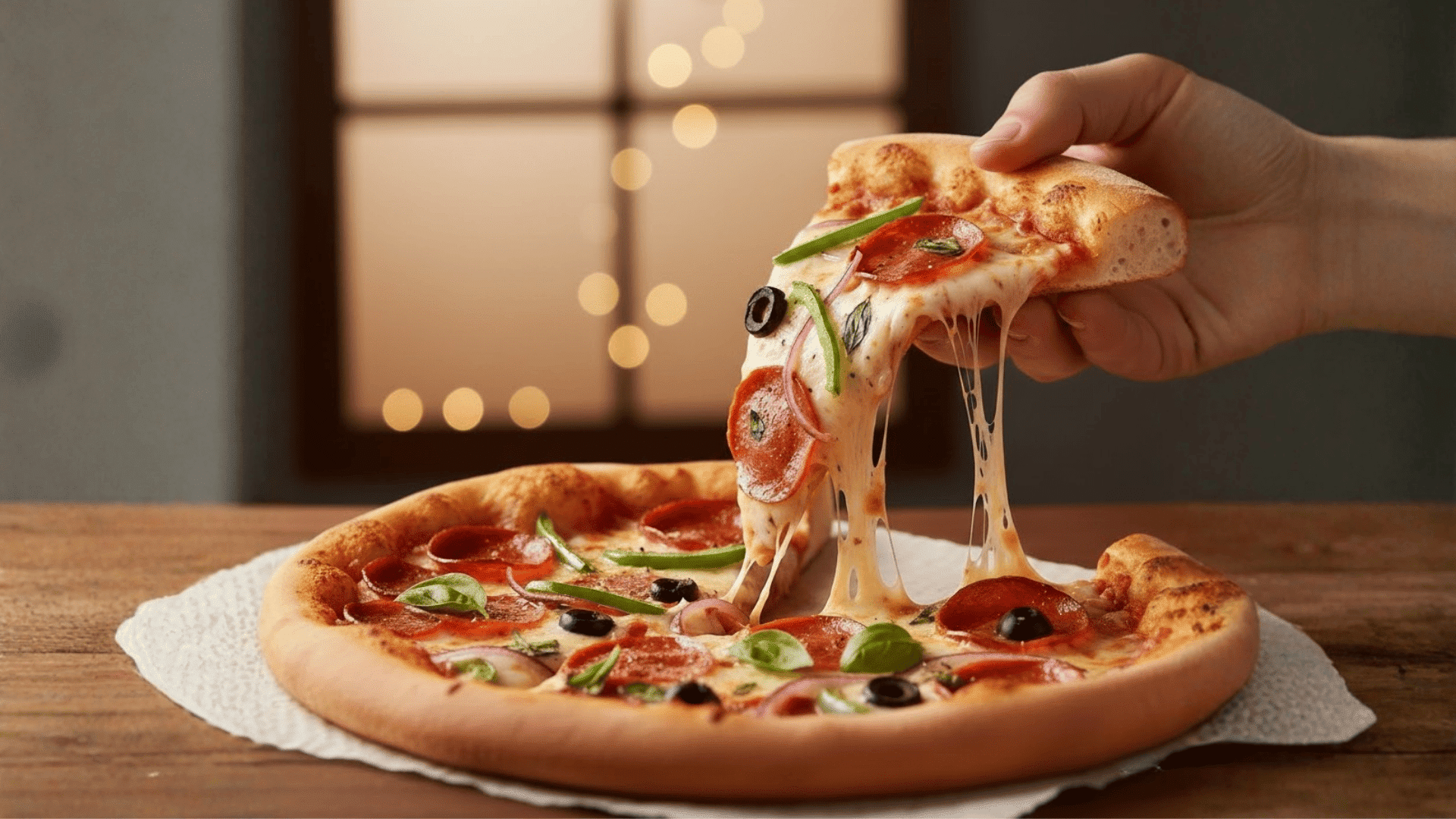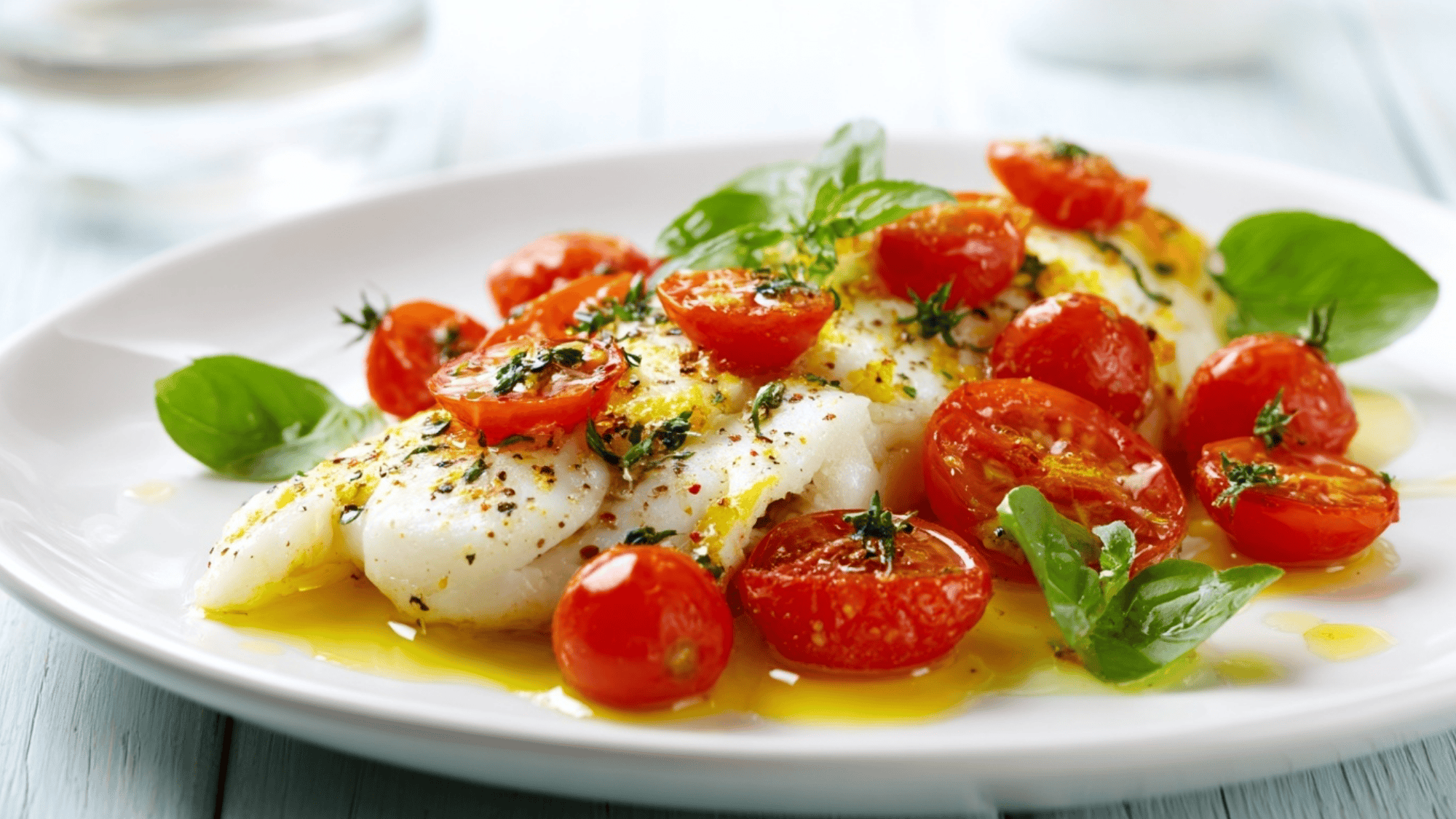Cheese pizza slice calories might seem like a simple question, but the answer varies more than you’d think.
Different crust styles, cheese types, and serving sizes all play a role in determining how many calories end up on your plate. Understanding these factors can help you make smarter choices when enjoying your favorite food.
Knowing what affects the calorie count means you can still enjoy pizza.
You can stay on track with your health goals while doing so. Being aware of the key factors that impact pizza calories and using practical tips can help keep meals balanced and delicious without sacrificing flavor.
What’s the Average Calorie Count for a Cheese Pizza Slice?
A typical cheese pizza slice contains around 200 to 300 calories, though this can vary based on crust type and size.
Most slices weigh between 100 to 130 grams, giving you a good portion reference. Thin-crust slices tend to fall on the lower end at 200-250 calories, while regular-crust slices range from 250-285 calories.
Thick-crust or deep-dish slices can climb to 300-350 calories or more. Keep in mind that these numbers are estimates because slice sizes differ between restaurants, homemade pizzas, and frozen brands.
Ingredients like extra cheese or oil affect the final count, so the average is just a helpful baseline.
Why the Calories Vary So Much: Size, Crust, Cheese & More

The calories in your slice depend on several factors, from how the pizza is cut to what type of crust and cheese is used. Understanding these variables helps you make smarter choices when ordering or preparing pizza at home.
1. Slice Size & Portioning
How a pizza is sliced makes a big difference in calorie count. A large pizza cut into six slices is larger than one cut into eight slices.
Most slices weigh between 90 to 130 grams, but this varies widely. For example, a jumbo New York-style slice can pack an extra 50 to 80 calories compared to a standard slice simply because of its larger size and weight.
2. Crust Style
Your crust choice directly impacts calories. Thin-crust pizzas have fewer calories because they use less dough, keeping carbs lower. Hand-tossed or thick-crust options have more dough, meaning more carbohydrates and higher calorie counts.
Deep-dish or stuffed-crust pizzas are the most calorie-dense, often exceeding 300 calories per slice due to extra bread and sometimes added butter or cheese.
3. Cheese Type & Amount
The type and amount of cheese significantly affect the calorie content of your slice. Whole-milk mozzarella has more fat and calories than part-skim versions.
Ordering “extra cheese” can add 70-100 calories per slice. If you’re watching calories, consider requesting light cheese. This swap reduces calories while still giving you that cheesy flavor without going overboard.
4. Hidden Surprises (Oil, Toppings & Chain Sizes)
Some calorie sources aren’t obvious at first glance. Many pizzerias brush oil or butter on the crust, adding 50 to 100 extra calories per slice. Large chain restaurants often use generous amounts of cheese and oil to enhance flavor.
Even a “plain” cheese slice from certain restaurants can exceed 320 calories. Being aware of these hidden ingredients helps you better estimate your actual calorie intake when enjoying pizza out.
Nutritional Facts for a Slice of Cheese Pizza
When tracking your meals or just trying to understand what’s in your pizza, it helps to see the nutrient breakdown. Here’s an average look at what you’re getting in a single slice of regular-crust cheese pizza.
| NUTRIENT | AMOUNT PER SLICE (Approx.) |
|---|---|
| Calories | 250 kcal |
| Total Fat | 9-12 g |
| Saturated Fat | 4-5 g |
| Carbohydrates | 30-35 g |
| Protein | 10-12 g |
| Sodium | 450-550 mg |
| Sugar | 3-4 g |
| Fiber | 1-2 g |
Keep in mind these values are averages – actual numbers can vary depending on the crust, cheese amount, and slice size. But it gives you a clear starting point for estimating calories and macros in your daily diet.
How One Slice of Cheese Pizza Fits Into Your Daily Calories?

Understanding how pizza fits into your daily eating plan helps you enjoy it without guilt.
On a standard 2,000-calorie diet, one slice of cheese pizza (around 250-280 calories) represents about 12 to 13 percent of your total daily intake. That seems reasonable.
However, calories add up quickly when you have multiple slices. Two slices equal roughly 25 percent of your daily calories, and three slices can reach nearly 40 percent.
To keep meals balanced, pair your pizza with a fresh salad or steamed vegetables. This lets you enjoy your favorite food while getting important nutrients and fiber, making your meal more satisfying and nutritious.
Smart Ways to Enjoy Pizza Without Extra Calories
You don’t have to give up pizza to maintain a healthy diet. With a few simple strategies, you can enjoy delicious cheese pizza while managing your calorie intake.
- Thin or Whole-Wheat Crust: Pick a thin or whole-wheat crust to reduce calories and add more fiber to your meal.
- Limit Your Slices: Stick to one or two slices and fill the rest of your plate with salad or vegetables.
- Light or Part-Skim Cheese: Request part-skim or light cheese when ordering to reduce fat and calories.
- Homemade Pizza: Make pizza at home so you can control the amount of oil and use lower-fat cheese options.
- Watch Slice Size: Extra-large slices at chain restaurants often contain more calories than regular portions.
By making mindful choices – like picking a thinner crust, limiting slices, or using lighter cheese – you can enjoy pizza without overdoing calories. These small changes add up over time, letting pizza stay a tasty part of a balanced diet.
That’s a Wrap
Understanding cheese pizza slice calories puts you in control of your eating habits without giving up the foods you love. From crust choices to cheese portions, small changes make a real difference in your overall calorie intake.
Remember that enjoying pizza is all about balance – pair it with nutritious sides and watch your portion sizes. Making informed decisions about slice size, crust type, and cheese amount allows you to indulge smartly.
Whether ordering from your favorite restaurant or making pizza at home, you now have the knowledge to enjoy every bite while staying mindful of your health goals.
What’s your favorite way to enjoy cheese pizza guilt-free? Share your tips in the comments below!
Frequently Asked Questions (FAQs)
Is Cheese Pizza High in Sodium?
Yes, even a single slice can have around 450-550 mg of sodium.
Can Pizza Be Nutritious?
Yes, by choosing whole-grain crust, light cheese, and veggie toppings.
How Many Carbs Are in One Slice of Cheese Pizza?
A typical slice has about 30–35 grams of carbohydrates.
Can I Freeze Cheese Pizza Without Losing Nutrition?
Yes, freezing preserves most nutrients if stored properly.





